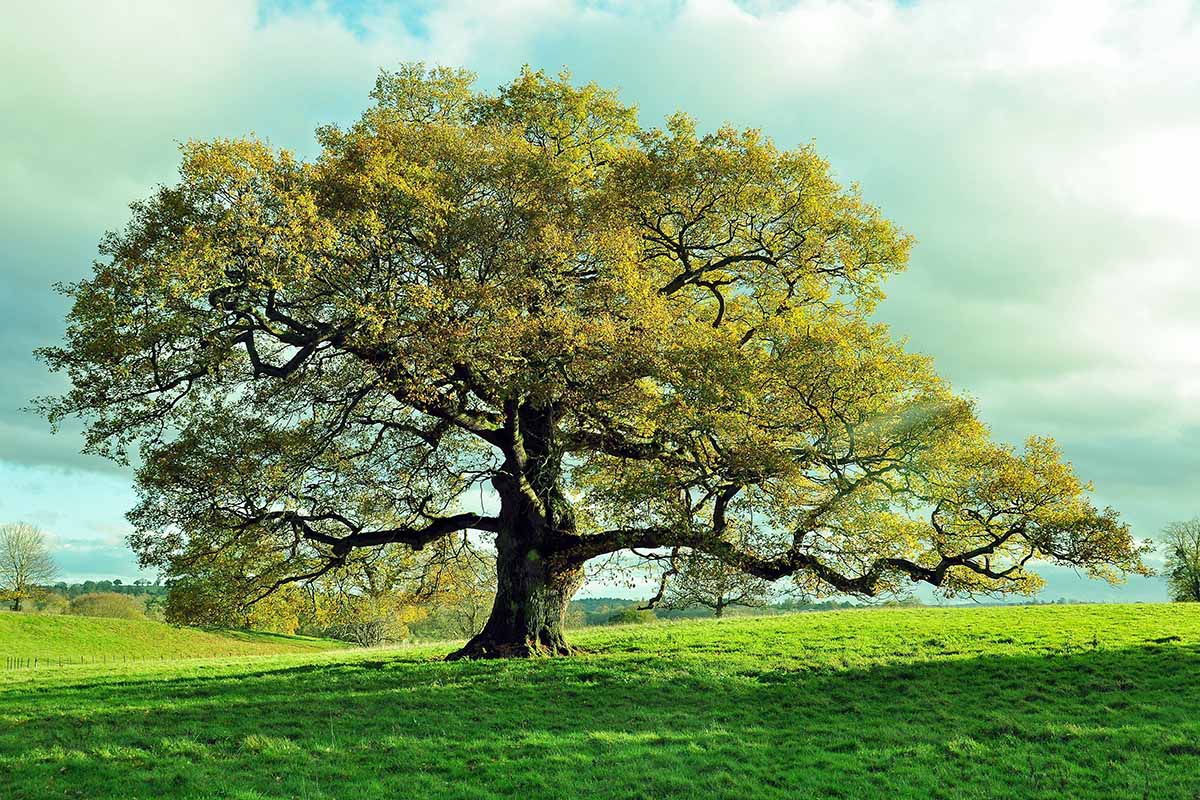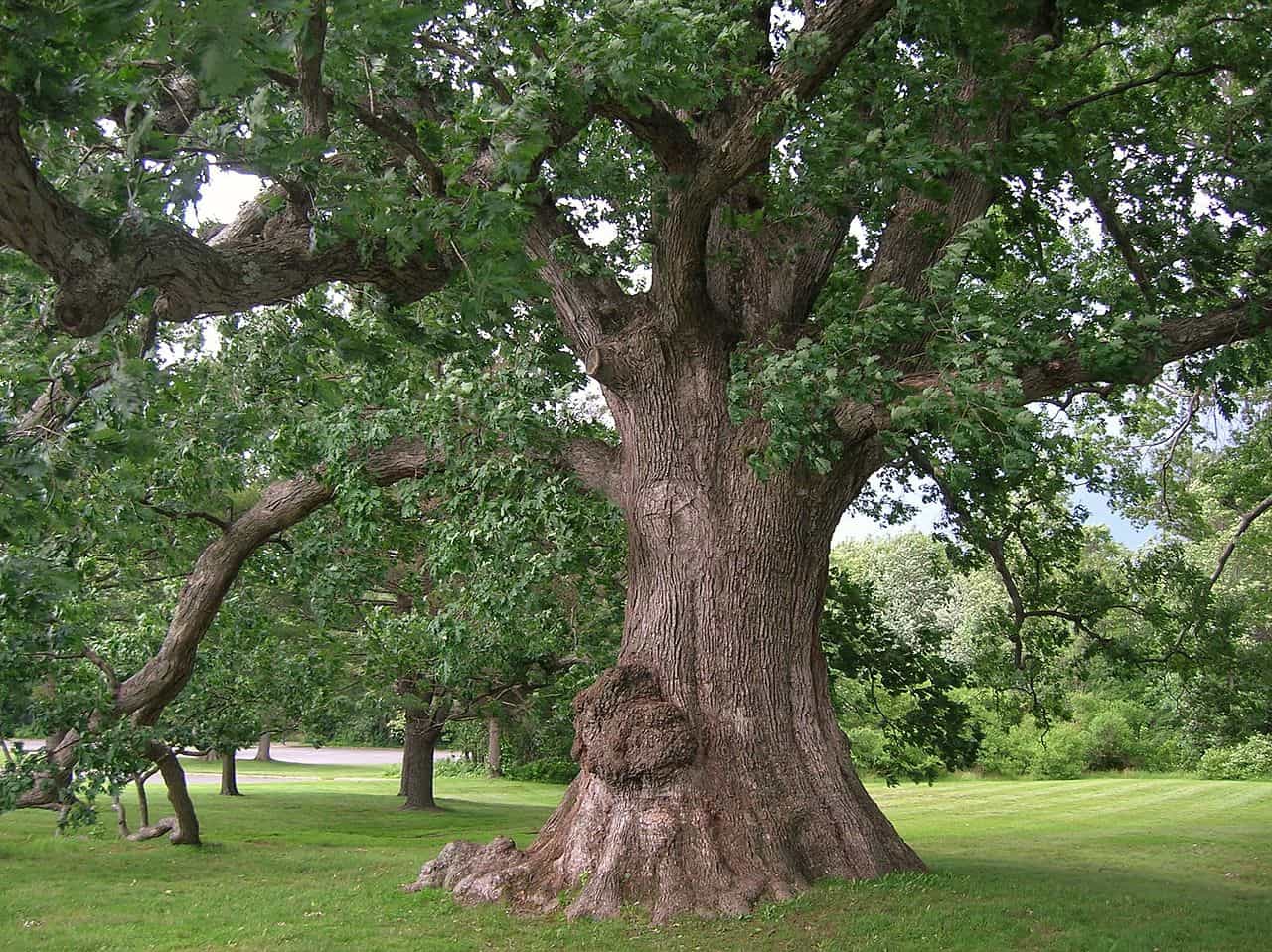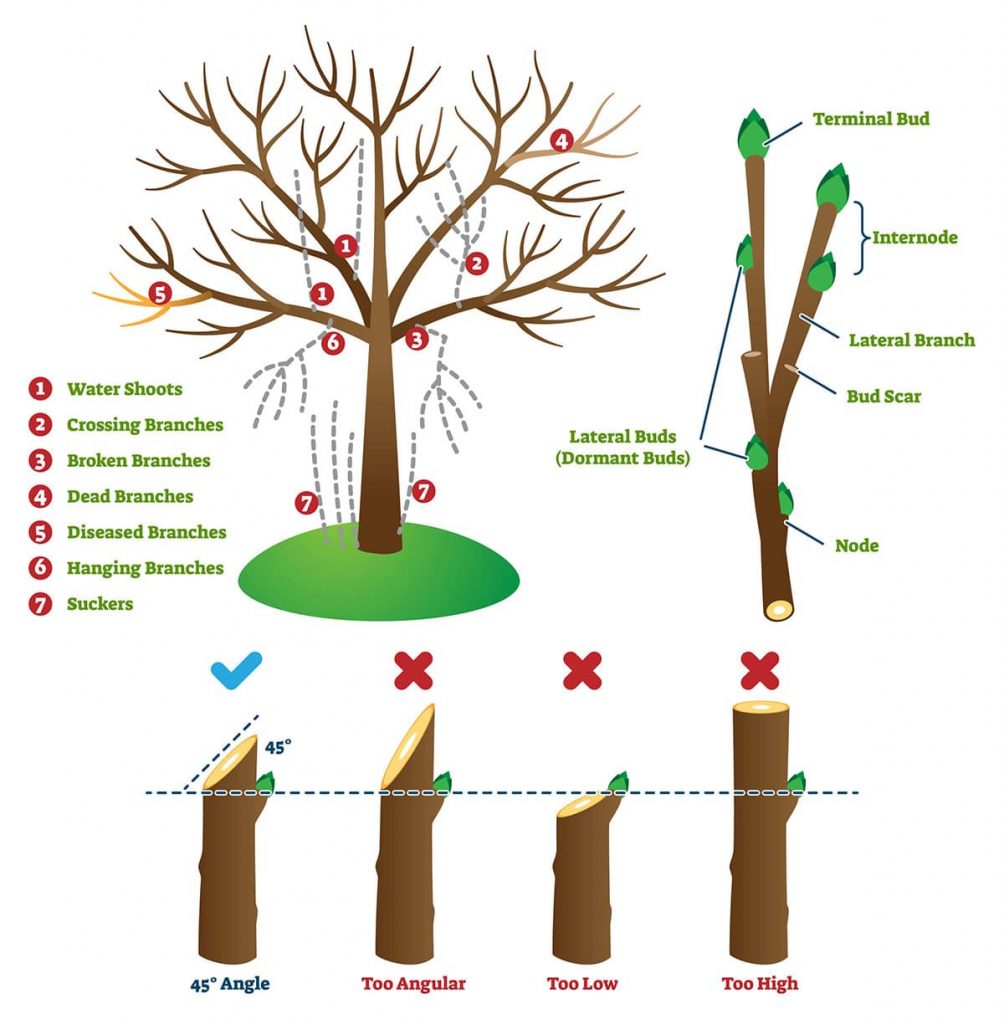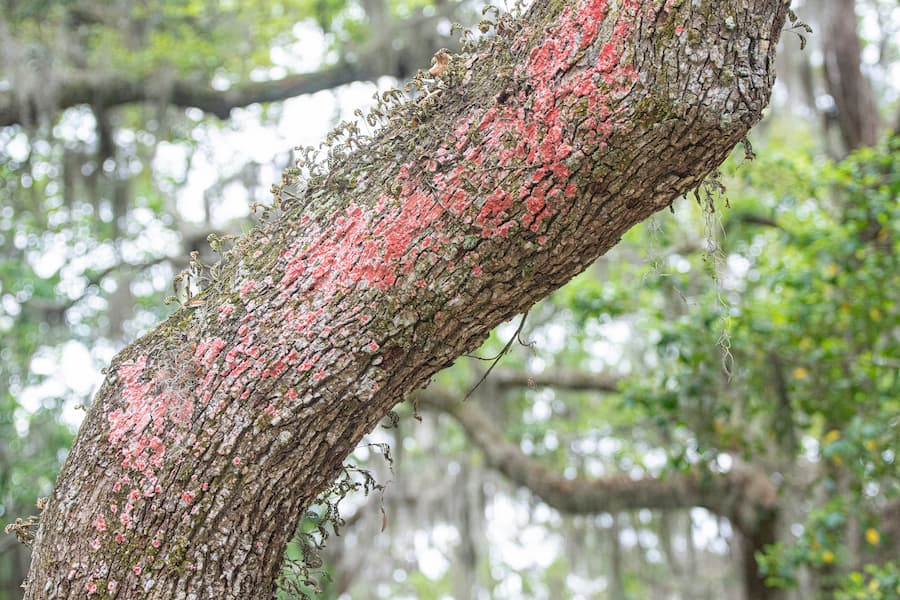From Acorn to Sapling: The Early Stages of Oak Tree Growth
The journey of an oak tree’s life begins with a small acorn, typically around 1-2 cm in length. This tiny seed contains the genetic material necessary for the growth of a mighty oak tree. The acorn’s germination process usually occurs in the spring, when the soil has warmed up and moisture is plentiful. During this stage, the acorn absorbs water, and the embryo inside begins to grow, eventually breaking through the seed coat. The radicle, or primary root, emerges first, followed by the cotyledon, or seed leaf. As the seedling grows, it develops its first set of true leaves, marking the beginning of its photosynthetic journey.
Soil quality, sunlight, and water are essential factors influencing the early development of an oak tree. Well-draining soil with a pH between 6.0 and 7.0 provides the ideal environment for root growth. Adequate sunlight, especially during the first year, is crucial for photosynthesis and energy production. Water, on the other hand, is necessary for seed germination, root growth, and leaf development. Oak trees can thrive in a variety of environments, but optimal conditions during the early stages of growth significantly impact their long-term health and development.
As the sapling grows, it begins to develop its root system, which will eventually anchor the tree and provide essential nutrients. The taproot, a primary root that grows straight down, helps to stabilize the tree, while the lateral roots, which grow outward, absorb water and nutrients from the surrounding soil. The growth of an oak tree’s root system is a critical aspect of its development, as it lays the foundation for the tree’s future growth and stability.
During the first year, the sapling will typically grow around 1-2 feet, with a single stem and a few sets of leaves. As the tree continues to grow, it will begin to develop its branching structure, which will eventually support the weight of its leaves, fruits, and other environmental factors. The growth of an oak tree is a gradual process, with the tree adding new growth each year. By understanding the early stages of an oak tree’s growth, we can appreciate the complexity and beauty of these incredible trees.
Nourishing the Roots: How to Foster Healthy Oak Tree Growth
Oak trees require a balanced diet of essential nutrients to thrive. The growth of an oak tree is heavily influenced by the availability of nutrients in the soil. Nitrogen, phosphorus, and potassium are the primary macronutrients necessary for healthy growth. Additionally, micronutrients like iron, zinc, and boron play a crucial role in maintaining the tree’s overall health.
Pruning is another critical aspect of oak tree care. Pruning helps to maintain the tree’s shape, promotes healthy growth, and removes diseased or damaged branches. Pruning should be done during the dormant season, typically in late winter or early spring, to minimize the risk of disease and pest infestations. Mulching around the base of the tree also helps to retain moisture, suppress weeds, and regulate soil temperature.
Pest management is also essential for maintaining the health of an oak tree. Common pests like aphids, scales, and borers can cause significant damage to the tree if left unchecked. Regular monitoring and early intervention can help to prevent infestations and reduce the need for pesticides. Biological control methods, like introducing beneficial insects, can also be an effective way to manage pest populations.
Creating a conducive environment for oak tree growth involves more than just providing essential nutrients and care. The tree’s surroundings also play a significant role in its development. Avoid planting oak trees in areas with standing water or where water tends to collect, as this can lead to root rot and other problems. Also, be mindful of nearby structures, like buildings or power lines, that may interfere with the tree’s growth or create hazards.
By providing the necessary nutrients, care, and environment, you can help to foster healthy growth in your oak tree. Regular maintenance, pruning, and pest management will help to ensure the tree’s continued growth and development. With proper care, an oak tree can thrive for centuries, providing shade, beauty, and a habitat for wildlife.
In addition to these care practices, it’s also important to consider the tree’s specific needs based on its age, size, and species. For example, young oak trees may require more frequent watering and fertilization, while mature trees may need more extensive pruning and pest management. By understanding the unique needs of your oak tree, you can provide the best possible care and support its growth and development.
Branching Out: Understanding Oak Tree Development Patterns
The growth of an oak tree is a complex and dynamic process, involving the development of branches, leaves, and roots. As the tree grows, its structure changes, and this impacts its overall growth and development. Understanding these development patterns is essential for appreciating the majesty of oak trees and for providing proper care and maintenance.
During the first few years of growth, an oak tree’s branches are relatively small and sparse. As the tree matures, its branches grow longer and more robust, forming a sturdy framework that supports the weight of its leaves and other environmental factors. The branching pattern of an oak tree is influenced by factors such as sunlight, soil quality, and available space.
The leaves of an oak tree are another critical component of its growth and development. Oak leaves are typically lobed or deeply toothed, with a thick, waxy texture that helps to conserve water. As the tree grows, its leaves become larger and more complex, with a greater surface area for photosynthesis. The growth of an oak tree’s leaves is influenced by factors such as sunlight, temperature, and available nutrients.
The roots of an oak tree are equally important, providing a stable foundation for the tree’s growth and development. Oak tree roots are typically deep and extensive, with a taproot that grows straight down and lateral roots that grow outward. The growth of an oak tree’s roots is influenced by factors such as soil quality, available water, and surrounding vegetation.
As an oak tree grows and develops, its structure changes, and this impacts its overall growth and development. The tree’s branching pattern, leaf growth, and root development are all interconnected, and each plays a critical role in the tree’s overall health and vitality. By understanding these development patterns, we can appreciate the complexity and beauty of oak trees and provide proper care and maintenance to support their growth.
The growth of an oak tree is a gradual process, with the tree adding new growth each year. As the tree matures, its growth rate slows, and it begins to focus its energy on producing acorns and other reproductive structures. The growth of an oak tree is influenced by a variety of factors, including sunlight, soil quality, available water, and surrounding vegetation.
By understanding the development patterns of oak trees, we can gain a deeper appreciation for these incredible trees and the important role they play in our ecosystems. Whether you’re a seasoned arborist or simply a nature enthusiast, the growth of an oak tree is a fascinating and complex process that is sure to captivate and inspire.
Weathering the Storms: How Oak Trees Adapt to Environmental Challenges
Oak trees are incredibly resilient and have adapted to thrive in a wide range of environmental conditions. However, they still face various challenges that can impact their growth and development. Drought, disease, and pests are just a few of the environmental challenges that oak trees must contend with.
Drought is a significant challenge for oak trees, particularly in areas with low rainfall. Oak trees have adapted to drought conditions by developing deep roots that allow them to access water deep in the soil. They also have a waxy coating on their leaves that helps to conserve water. However, prolonged drought can still impact the growth of an oak tree, causing it to become stressed and more susceptible to disease and pests.
Disease is another environmental challenge that oak trees face. Oak trees are susceptible to a range of diseases, including oak wilt and root rot. These diseases can be caused by fungi, bacteria, or viruses and can have a significant impact on the growth of an oak tree. Oak trees have adapted to disease by developing a range of defense mechanisms, including the production of chemical defenses and the activation of immune responses.
Pests are also a significant challenge for oak trees. Oak trees are susceptible to a range of pests, including insects, mites, and nematodes. These pests can cause significant damage to the leaves, branches, and roots of an oak tree, impacting its growth and development. Oak trees have adapted to pests by developing a range of defense mechanisms, including the production of chemical defenses and the activation of immune responses.
Despite these environmental challenges, oak trees are incredibly resilient and have adapted to thrive in a wide range of conditions. The growth of an oak tree is influenced by a range of factors, including sunlight, soil quality, and available water. By understanding these factors and how they impact the growth of an oak tree, we can better appreciate the majesty of these incredible trees.
The resilience of oak trees is also influenced by their ability to adapt to changing environmental conditions. Oak trees have evolved to thrive in a wide range of environments, from the hot, dry conditions of the Mediterranean to the cool, moist conditions of the temperate forests of North America. This adaptability is a key factor in the success of oak trees and has allowed them to become one of the most widely distributed tree species in the world.
In addition to their adaptability, oak trees also have a range of other characteristics that contribute to their resilience. Their deep roots, for example, allow them to access water deep in the soil, making them more resistant to drought. Their waxy coating on their leaves also helps to conserve water, reducing the impact of drought on their growth.
The Role of Oak Trees in Ecosystems: Supporting Biodiversity
Oak trees play a vital role in supporting local ecosystems, providing food and shelter for a wide range of wildlife. The growth of an oak tree contributes to the overall health of the environment, supporting biodiversity and ecosystem function. Oak trees are a keystone species, providing habitat for numerous other species, including insects, birds, and mammals.
The leaves, acorns, and branches of oak trees provide food for many animals, including deer, squirrels, and birds. The trees’ roots also support a diverse array of microorganisms, which help to break down organic matter and recycle nutrients. Oak trees also provide shelter and habitat for many animals, including birds, bats, and insects.
The growth of an oak tree also contributes to the overall structure and function of the ecosystem. Oak trees help to create a complex canopy, providing shade and shelter for other plants and animals. The trees’ roots also help to stabilize the soil, preventing erosion and landslides. Oak trees also play a key role in the water cycle, helping to regulate the flow of water through the ecosystem.
In addition to their ecological importance, oak trees also have cultural and historical significance. Oak trees have been a symbol of strength and wisdom in many cultures, and have been used in traditional medicine, crafts, and construction. The growth of an oak tree is also closely tied to the growth of human communities, with many towns and cities developing around oak forests.
The importance of oak trees in ecosystems cannot be overstated. The growth of an oak tree is a critical component of ecosystem function, supporting biodiversity and ecosystem health. Oak trees are a vital part of the web of life, providing habitat and food for countless other species. By understanding the role of oak trees in ecosystems, we can better appreciate the importance of these incredible trees and work to protect and conserve them for future generations.
Conservation efforts are underway to protect and restore oak forests, which are essential for maintaining ecosystem health and biodiversity. These efforts include reforestation programs, habitat restoration, and sustainable forest management practices. By supporting these efforts, we can help to ensure the long-term health and survival of oak trees and the ecosystems they support.
How to Care for Your Oak Tree: Tips for Long-Term Growth
Caring for an oak tree requires a long-term commitment to providing the right conditions for growth and development. Regular maintenance, pruning, and protection from disease and pests are essential for ensuring the continued growth and health of your oak tree. By following these tips, you can help your oak tree thrive and enjoy its many benefits for years to come.
Regular maintenance is critical for the health and growth of your oak tree. This includes watering, fertilizing, and pruning on a regular basis. Oak trees prefer well-draining soil and full sun to partial shade, so make sure to plant your tree in a location that provides these conditions. Water your oak tree regularly, especially during its first year of growth, to ensure that it establishes a strong root system.
Pruning is another important aspect of oak tree care. Prune your oak tree annually to remove any dead or diseased branches, and to maintain its shape and size. Pruning also helps to promote healthy growth and development, and can help to prevent disease and pest problems. Make sure to prune your oak tree during its dormant season, typically in late winter or early spring, to minimize the risk of disease and pest infestations.
Protection from disease and pests is also essential for the health and growth of your oak tree. Oak trees are susceptible to a range of diseases and pests, including oak wilt, root rot, and aphids. Regularly inspect your oak tree for signs of disease or pest problems, and take action promptly if you notice any issues. Use organic or integrated pest management methods whenever possible to minimize the risk of harming the environment or other beneficial organisms.
In addition to regular maintenance, pruning, and protection from disease and pests, there are several other tips you can follow to promote the long-term growth and health of your oak tree. Mulching around the base of your oak tree can help to retain moisture, suppress weeds, and regulate soil temperature. Avoid planting other trees or plants too close to your oak tree, as this can compete with it for water and nutrients.
By following these tips and providing your oak tree with the right conditions for growth and development, you can help it thrive and enjoy its many benefits for years to come. Remember to be patient, as oak trees can take many years to mature. With proper care and maintenance, your oak tree can become a beautiful and majestic addition to your landscape, providing shade, beauty, and a habitat for wildlife.
Monitoring Oak Tree Health: Identifying Signs of Stress or Disease
Regular monitoring of an oak tree’s health is crucial for maintaining its growth and longevity. By identifying signs of stress or disease, tree owners can take prompt action to prevent further damage and ensure the tree continues to thrive. In this section, we will discuss the common signs of stress or disease in oak trees and provide guidance on how to detect them.
Changes in Leaf Color or Structure
One of the most noticeable signs of stress or disease in oak trees is a change in leaf color or structure. Healthy oak leaves are typically a deep green color, but if the tree is under stress, the leaves may turn yellow, brown, or wilted. Additionally, the leaves may become distorted or develop unusual growth patterns. For example, if the leaves are curling or twisting, it may be a sign of a pest infestation or disease.
Branch Structure and Trunk Condition
Another important aspect of monitoring oak tree health is examining the branch structure and trunk condition. If the branches are dying or dead, it may be a sign of a disease or pest infestation. Similarly, if the trunk is cracked, split, or showing signs of decay, it can be a sign of a more serious issue. Regular inspections of the trunk and branches can help identify potential problems before they become severe.
Signs of Pest Infestation
Oak trees can be susceptible to various pests, including insects, mites, and diseases. Some common signs of pest infestation include holes in the leaves or bark, white powdery patches on the leaves, or sticky substances on the trunk or branches. If you notice any of these signs, it is essential to take action promptly to prevent further damage.
Importance of Early Detection
Early detection of stress or disease in oak trees is critical for maintaining their health and promoting continued growth. By monitoring the tree’s condition regularly, you can identify potential problems before they become severe and take action to prevent further damage. Regular inspections can also help prevent the spread of disease or pests to other trees in the surrounding area.
Best Practices for Monitoring Oak Tree Health
To ensure the continued health and growth of an oak tree, it is essential to establish a regular monitoring routine. This can include:
- Regular inspections of the leaves, branches, and trunk
- Monitoring for signs of pest infestation or disease
- Keeping the tree’s surroundings clean and free of debris
- Providing adequate water and nutrients
- Pruning the tree regularly to maintain its shape and promote healthy growth
By following these best practices and being aware of the common signs of stress or disease, you can help ensure the continued health and growth of your oak tree.
Celebrating the Majesty of Oak Trees: Appreciating Their Growth and Significance
Oak trees have been a cornerstone of human culture and history for centuries, providing a sense of awe and wonder at their majesty. From the mighty English oak to the sturdy white oak, these incredible trees have played a vital role in shaping our world. In this final section, we will reflect on the significance of oak trees in our lives, exploring their cultural, historical, and ecological importance.
Cultural Significance of Oak Trees
Oak trees have been a symbol of strength, wisdom, and longevity in many cultures around the world. In ancient Greece, the oak tree was associated with the god Zeus, while in Celtic mythology, the oak was considered a sacred tree. Today, oak trees continue to be a popular choice for landscaping and gardening, prized for their beauty and durability.
Historical Importance of Oak Trees
Oak trees have played a significant role in human history, providing timber for shipbuilding, furniture-making, and construction. The oak tree was also a vital source of food and shelter for many indigenous cultures, with acorns serving as a staple food source. In addition, oak trees have been used in traditional medicine for centuries, with various parts of the tree being used to treat a range of ailments.
Ecological Importance of Oak Trees
Oak trees are a keystone species in many ecosystems, providing food and shelter for a wide range of wildlife. From the tiniest insects to the largest mammals, oak trees support a diverse array of species, making them a vital component of healthy ecosystems. In addition, oak trees help to maintain soil quality, prevent erosion, and regulate the climate.
The Growth of an Oak Tree: A Symbol of Resilience
The growth of an oak tree is a remarkable process, with some trees taking hundreds of years to reach maturity. This slow and steady growth is a testament to the tree’s resilience and adaptability, making it a powerful symbol of hope and renewal. Whether you are planting an oak tree in your backyard or simply appreciating their beauty in a park or forest, these incredible trees have the power to inspire and uplift us.
Appreciating the Beauty of Oak Trees
Oak trees are a true marvel of nature, with their sturdy trunks, sprawling branches, and vibrant leaves. Whether you are walking through a forest, driving through the countryside, or simply sitting in a park, oak trees have the power to stop us in our tracks and make us appreciate the beauty of the natural world. So next time you see an oak tree, take a moment to appreciate its majesty and reflect on the important role it plays in our lives.
Conclusion: The Enduring Legacy of Oak Trees
Oak trees are a true treasure of our natural world, providing a sense of wonder, awe, and appreciation for the beauty of nature. Whether you are interested in their cultural, historical, or ecological significance, oak trees have something to offer everyone. By celebrating the majesty of oak trees, we can gain a deeper appreciation for the natural world and our place within it.









